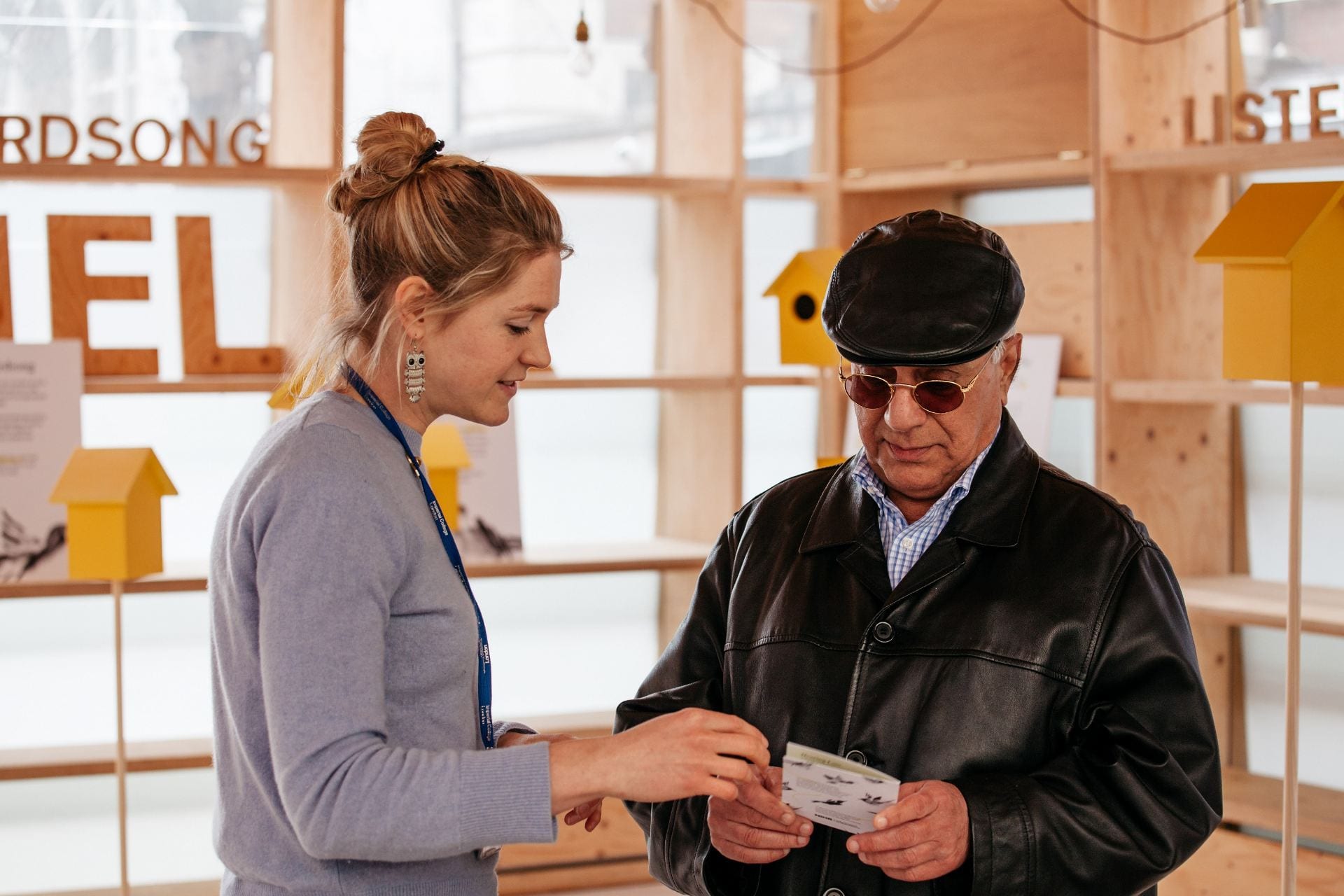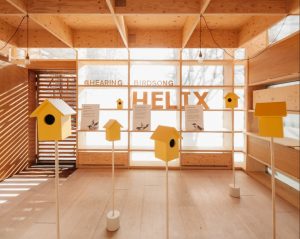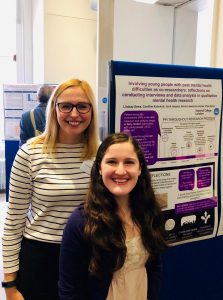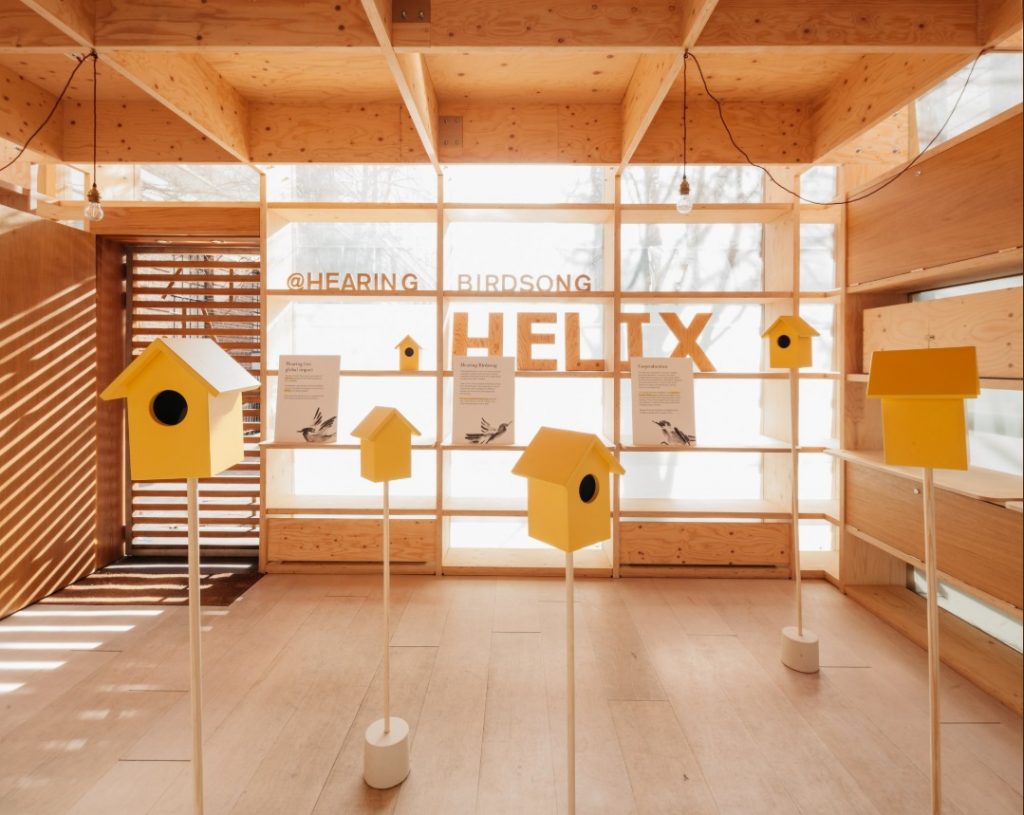
Imagine this hypothetical scenario: a group of researchers are working on novel ways to detect early warning signs that a patient’s condition is getting worse. They think a wearable device that automatically alerts both patients and healthcare professionals to potential problems would be an innovative solution to enable earlier detection.
So the team members put their heads together and come up with a new wearable sensor that they think would greatly benefit patients and professionals alike. But when they test it with patients for the first time, they don’t get the feedback they’d hoped for. Users find it awkward, difficult to set up, clunky and uncomfortable. So much so that most people stopped using it within a day, leaving the researchers with no choice but to go back to the drawing board.
How could this costly situation have been avoided? By better involving the people who this work was designed to benefit in the first place. More and more researchers are realising the value of involving patients and the public in their research because of the unique insight and relevant experience they can offer. But co-production is about more than simply involving patients and the public. In true co-production, researchers work with these individuals throughout the entire project – from start to finish. And for research like the above, they’d work with healthcare professionals, too. They make a team that’s truly equal and collaborative.
The key difference between co-production and more traditional forms of patient and public involvement is that hierarchy is stripped away entirely – power is shared and decisions are made collectively. Everyone listens and respects each other’s expertise, and all members gain something from the experience.
What have we done in a co-produced way?
One of our major co-production journeys has resulted from an innovation event that we helped deliver. This workshop brought together lots of different people including people with experience of hearing loss, designers, clinicians, researchers and charity workers, to come up with innovative research ideas around hearing loss.
This event was different to more traditional meetings in many ways. We shared a creative space, used interactive activities and had strong facilitators to ensure all voices were heard. Everyone worked together, listened to each other and fed in to all of the ideas, so there was joint ownership of all the concepts.

Since then, we’ve been working with a diverse team, brought together at the workshop, to develop one of the ideas: Hearing Birdsong, which is looking to raise awareness of hearing loss. We created an enjoyable and interactive experience for the public, with an installation of bird boxes that emit birdsongs at different frequencies that you might lose if you are experiencing hearing loss. This inviting space ultimately aimed to raise awareness of hearing loss.
Helpers were on hand to give visitors information about hearing loss, so they could seek further advice if needed or sign up for a test with an audiologist. We’re now looking to continue this work in a co-produced way to reach less-often heard voices in London, and begin to help the millions of individuals in the UK with unaddressed hearing loss.
What other projects have we co-produced?
Digital tools like social media, wearables and smartphone apps could be a great way to help address growing mental health needs, but there is still a concern that technologies are being developed without substantial evidence or input from the people they aim to help. One of our projects is looking to understand the acceptability and feasibility of using technologies to detect deterioration of mental health in young people, through working with young people with lived experience of mental health difficulties throughout the project.

For this work, the young people were trained to carry out interviews with young participants who have current mental health problems, and to analyse the resulting data. They built a good rapport with the participants and, in some instances, understood the data in a deeper way (compared to a researcher) due to their relevant lived experience.
Not only has their involvement clearly added to the results, but the young people also gained new skills in data collection, analysis and team working. They’ve since co-authored two papers and spoken at conferences about the research; other groups are also now using this model of co-production for their own research projects.
What have we learned about co-production?
Our experiences of co-produced projects have unravelled numerous benefits, including positive impacts on society or health. It is indeed a journey and people learn by doing along the way. As with any research endeavour, there were, of course, bumps in the road. We’ve found that co-producing research takes time, because trust and relationships need to be built between new people, who might have different backgrounds and skills.
Individuals might bring an agenda or have different goals, but raising those differences and allowing a safe space to discuss them helped to ensure everyone was on the same page. Having face-to-face meetings and allowing time for people to bond socially, for example over coffee and cake, helped grow relationships and increase team morale. Regular communication was key to help keep up the momentum and ensure that everyone had the chance to voice their opinions.
While we found that there doesn’t need to be a specific leader, one person still needs to take the driver’s seat. This person is crucial to help coordinate group members and meetings, push the project forward and ensure tasks are completed.
Overall, we’ve found co-production is a rewarding experience, can generate impactful results and creates a group of passionate people that can make greater progress than the individuals alone.


